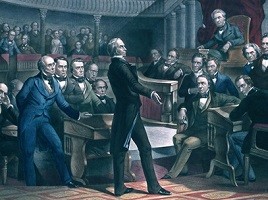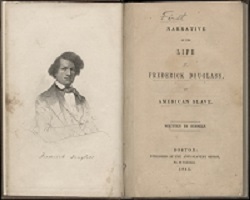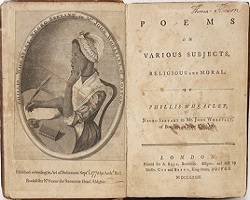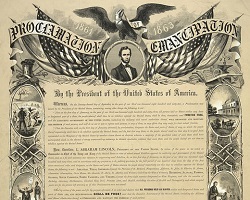Facts
- Her birth name was Araminta Ross. She was nicknamed “Minty” by her mother.
- Harriet had eight siblings: Linah (1808), Mariah Ritty (1811), Soph (1813), Robert (1816), Ben (1823), Rachel (1825), Henry (1830), and Моses (1832).
- When Harriet was a teenager she suffered a head injury when an overseer threw a heavy metal at a runaway slave and instead hit her in the head.
- As a result of the injury she suffered from sleeping spells, she would suddenly fall asleep and it was difficult to wake her up. It gave her visions and dreams that she considered signs from God. Religion faith was the reason she risked her life guiding slaves to freedom.
- By 1835, about 14 years before Harriet escaped, about half the African American population on the eastern shore of Maryland was free.
- In 1844 she married John Tubman, a free African American. After Harriet escaped, she came back for him but he had married another woman.
- Before escaping she changed her name from Araminta to Harriet, after her mother, and adopted her husband’s last name.
- Harriet used the Underground Railroad, a network used by fugitive slaves to escape to free territories. They were aided by abolitionists and free African Americans who guided them to secret routes and safe houses.
- Her first trip to bring a family to freedom was in 1850. She brought her niece Kessiah, her husband John Bowley and their two children.
- In ten years conducting the Underground Railroad she had made 19 trips and guided her parents, siblings, relatives and friends for a total of around 300 slaves. Some were guided by her and others followed her instructions.
- She usually worked during winter months to avoid being seen and on Saturday night because newspapers would publish runaway notices on Monday morning.
- Tubman carried a handgun for self protection and urge slaves not to give up.
- Tubman or the slaves she guided were never captured.
- John Brown called her “General Tubman”.
- Tubman used disguises to avoid getting caught. She dressed as a man, old woman or middle class free African American.
- In her last trip she brought the Ennals family. They had an infant and had to be drugged with paregoric in order to keep quiet.
- During the Civil War she was paid $200 over a period of 3 years. She supported herself by selling pies.
- Tubman claimed that the government owed her $966 for her services as a scout from May 25 1862 to January 31, 1865. That is $30 a month for 32.5 months of service. However scouts and spies were paid $60 a month and army soldiers $15 month. It took her 34 years to get a veteran’s pension.
- During the Civil War she worked as a nurse and a cook. Her knowledge of local plants helped her cure soldiers with dysentery.
- Tubman was the first woman to lead an assault during the Civil War. She conducted the Combahee River Raid which set free 700 slaves.
- On March 1869 when Harriet was about 59 years old she married Nelson Davis who was 22 years younger. They spent the next 20 years together. Nelson suffered from Tuberculosis and could not work on a consistent basis.
- In 1874 they adopted a baby girl named Gertie.
- Tubman and Nelson had a garden in their backyard where they grew vegetables and raised pigs and chickens.
- After the Civil War she became involved in the cause for women’s suffrage. She gave speeches in Boston, New York and Washington.
- Unable to sleep, Tubman underwent brain surgery in Boston’s Massachusetts General Hospital. She refused anesthesia, instead she insisted to chew a bullet just like soldiers did when they had their legs amputated.
- She donated her property to the African Methodist Episcopal Zion Church in Auburn to be converted into a home for the aged and indigent colored people.
- She was buried with military honors at Fort Hill Cemetery in Auburn, New York.
- The US Maritime Commission named its first Liberty Ship after her.
- Harriet Tubman remained illiterate for her entire life.





